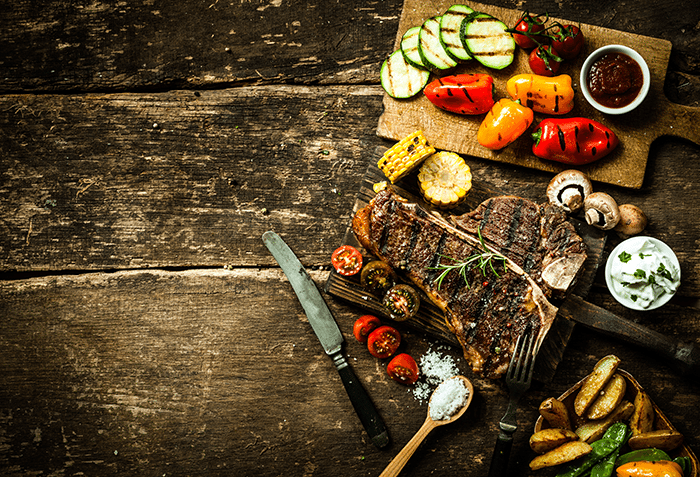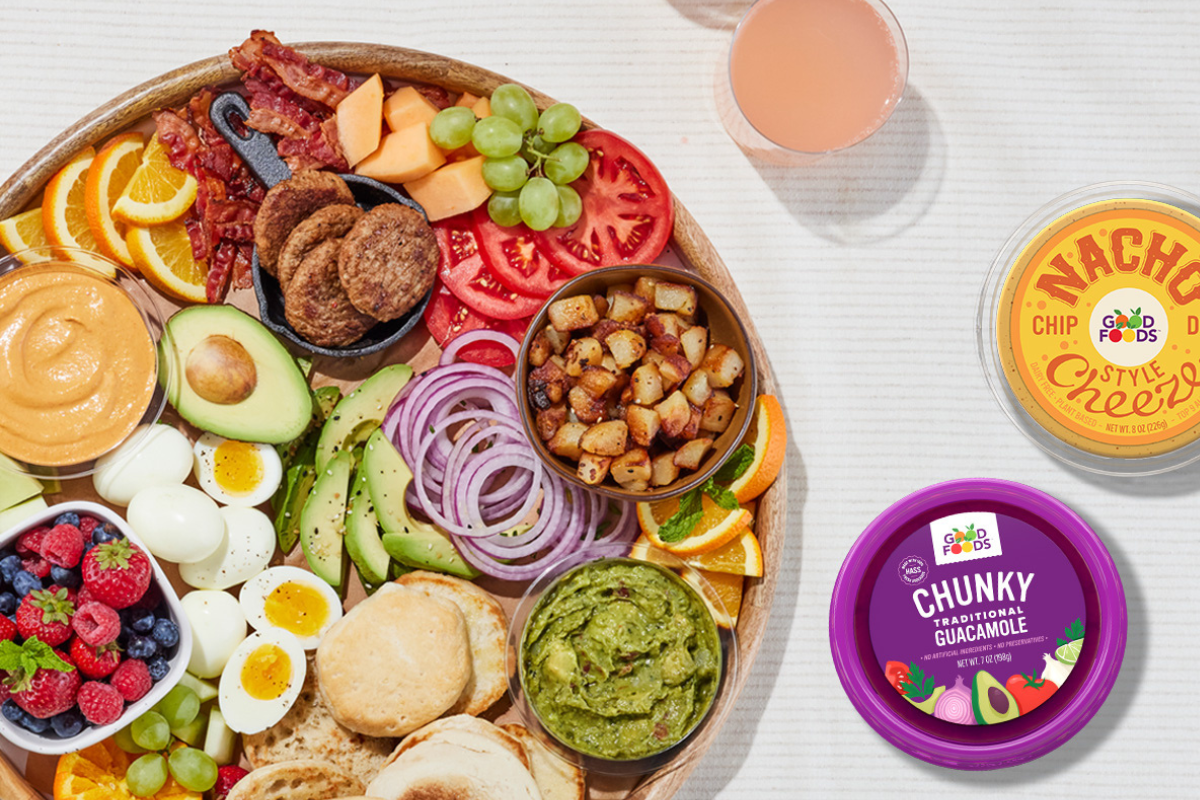Diet Hack: Eating Your Macros
“Macros” might be a term you’ve heard tossed around the gym a time or two and wondered, “What does that mean?” It’s not the latest workout trend, rather, “macros” is short for the term macronutrients (aka food). By online definition: macronutrients are types of food required in large amounts in the human diet.
There are three types of macronutrients: fats, proteins and carbohydrates and they’re required in large amounts by the body because they provide calories, or energy (macro = large, nutrients = fuel). As athletes, we like energy and fuel because that’s what makes our bodies work hard for us (especially for those workout warriors), and the more efficient our bodies operate, the better.
The Dietary Guidelines for Americans suggests that in general Americans should hit 45-65% of their calories from carbohydrates, 20-35% from fat and 10-35% from protein, but those percentages vary based on the person’s age, gender, weight, BMI and activity level. For example, the higher the activity level, the more carbohydrates you need in your diet for quick energy. If you’re looking to build muscle, you’ll want to increase your protein intake, as protein helps build lean muscle.
Below is a snapshot of what each macronutrient does for the body; and basic, clean food suggestions to maximize your calorie intake.
Carbohydrates
These are the most abundant macronutrient in our diet, and that’s because it’s the body’s main source of fuel and can easily be used by the body for energy. The key about carbohydrates is that they’re not all created equally – opt for quality calories like whole grains, potatoes, fruits, milk, yogurt and vegetables. “Carb free” no more! We need carbohydrates for energy … but make sure they’re the right carbs and not white bread, cake and doughnuts.
Protein
This is a macronutrient in particular you hear a lot of athletes talk about because it helps maintain(or build) lean muscle mass. As athletes, we want to build power and strength (that’s why we lift weights) by gaining muscle, thus we need protein. Protein is found in meats, poultry, fish, cheese, milk, nuts and legumes. More specifically, protein is important to consume immediately following an intense workout to help repair muscle damage and build lean muscle mass to reap the full benefits of your hard-earned sweat session!
Fats
These get a bad rap, but we need certain types of fat for survival. Sorry, the fat we’re talking about does not include french fries. “Good fats,” unsaturated fat, provides energy and helps your body absorb certain vitamins. Foods with these so called “good fats” include olive oil, avocados, nuts and canola oil.
Macronutrient intake is not a one-size-fits-all formula. Start with these basic guidelines to find a plan that works for you, your fitness goals and activity level by assessing which foods make you feel energized, strong and efficient. It can be fairly simple with the help of a free app. like MyFitness Pal.
The important takeaway is that food is fuel for the body. In order for your body to be able to push through tough workouts, we need to supply it with nutrients that provide energy. This article from Triathlete Magazine helps put this philosophy into perspective, explaining how macronutrient intake varies based on your activity level (duration and intensity).
Disclaimer: while I’m not a registered dietitian, I’m an athlete fascinated by nutrition. This post is based off of information I’ve received from registered dietitians and various studies that have helped me better understand my fueling needs. Consider this post your entry-level education into the wide, wide world of nutrition.













